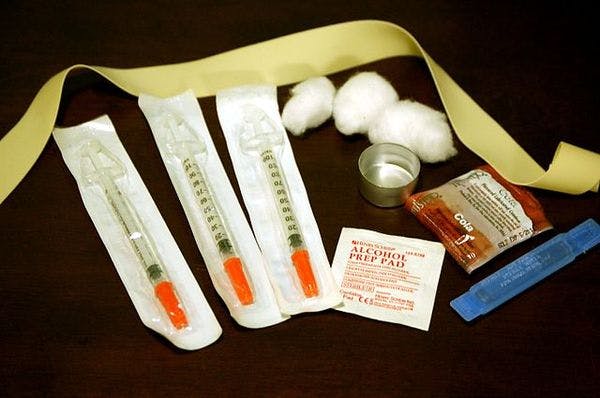Flickr, Todd Huffman (CC BY 2.0)
Reflections for a new EU drugs strategy
Access to harm reduction services has been steadily declining in Hungary since 2010, when Viktor Orban won a landslide victory at the parliamentary elections and started to dismantle the rule of law. His government rejected the national drug strategy adopted by the parliament in 2009, a document created with the support of civil society and based on the principles of balanced drug policy. It adopted a new drug strategy in 2013 that aimed to create a drug-free Hungary by 2020. The country embraced a new repressive approach with harsher penalties, scare-tactics in prevention, and political attacks against civil society. The two largest harm reduction programs were shut down in Budapest in 2014, pushing thousands of injecting drug users into hiding, with no access to any services.
In the same year that the Hungarian national drug strategy was passed by parliament, the EU adopted its own drugs strategy (2013-20). Its second Action Plan (2017-20) was praised by civil society as one of the most progressive documents to date, with a strong focus on harm reduction, allowing space for innovation and introducing clear indicators to monitor progress. We are now in the year when this Action Plan expires and the European Commission is evaluating its implementation. What we see is more than disappointing.
According to the EU Action Plan, harm reduction should be scaled up in member states, and at least 200 sterile needles should be provided per injecting drug users per year. In Hungary harm reduction has been scaled down, with the annual number of clean needles distributed per injecting drug user closer to 30. Hepatitis C, a blood-born infection that had been more-or-less contained before 2010, spread rapidly among drug users and its prevalence tripled between 2011 and 2014.
Topics
Related Profiles
- Talking Drugs
